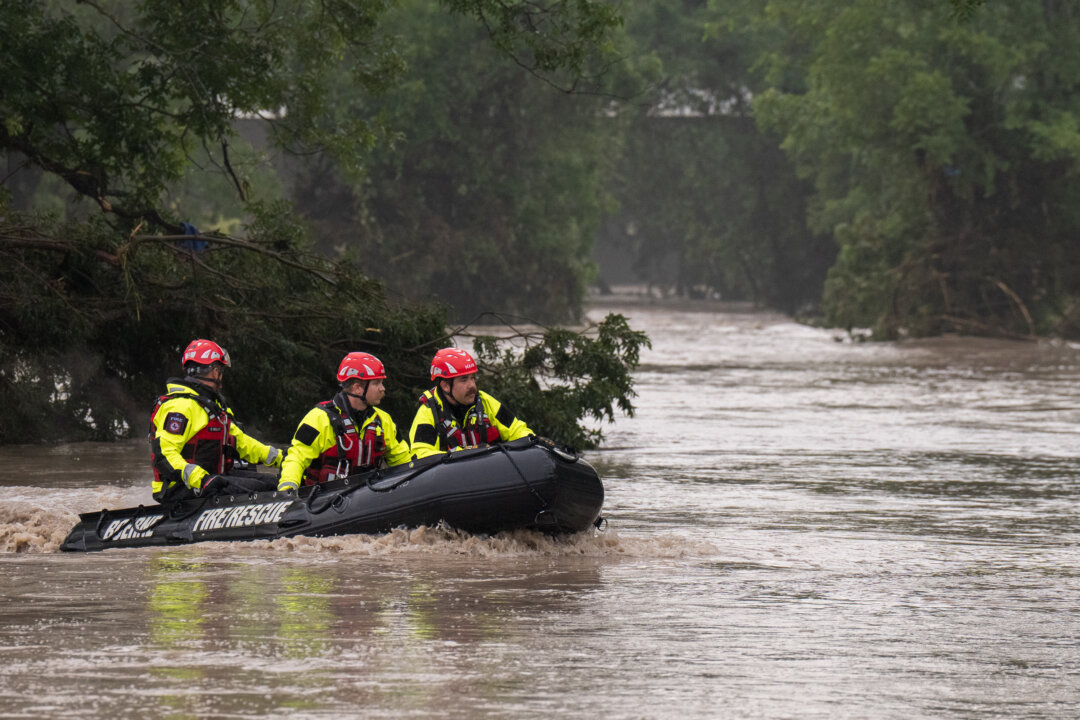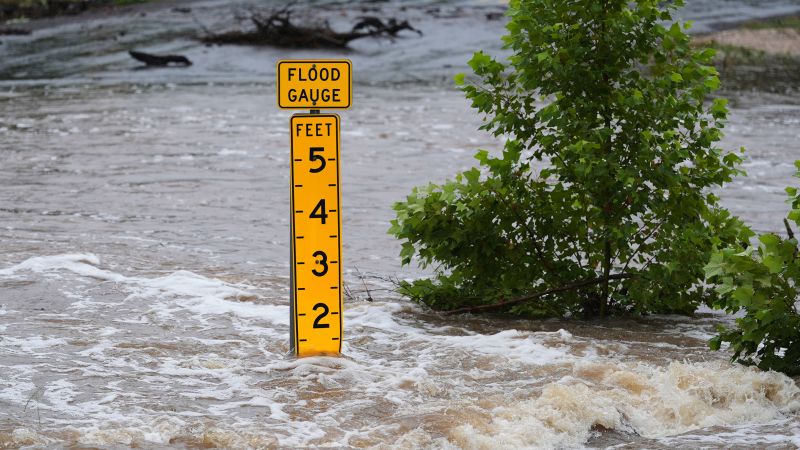Trump Declares Major Disaster in Texas Amid Deadly Floods

President Donald Trump signed a major disaster declaration for Kerr County, Texas, on Sunday in response to devastating floods that have claimed dozens of lives. The declaration mobilizes federal resources to aid in the relief efforts after a weekend of severe weather left at least 67 people dead and many others missing.
In a statement posted on Truth Social, Trump emphasized the urgency of the situation, noting that he had “just signed” the declaration to ensure that first responders have the necessary resources to tackle the crisis. “Our incredible U.S. Coast Guard, together with State First Responders, have saved more than 850 lives. GOD BLESS THE FAMILIES, AND GOD BLESS TEXAS!” Trump wrote, highlighting the ongoing rescue operations.
Federal and State Response
The Federal Emergency Management Agency (FEMA) has been activated to coordinate the federal response. This marks a significant mobilization of resources, as Homeland Security Secretary Kristi Noem and Texas Governor Greg Abbott work closely to manage the situation on the ground. The flooding has overwhelmed local infrastructure, prompting a swift federal response.
According to sources, the disaster declaration will facilitate the flow of federal funds to support recovery efforts, including temporary housing, home repairs, and low-cost loans to cover uninsured property losses. The move underscores the severity of the flooding, which has been described as one of the worst natural disasters to hit the region in recent years.
Impact on the Community
The flooding has not only resulted in a tragic loss of life but has also displaced thousands of residents. Communities across Kerr County are grappling with the aftermath, as emergency services continue to search for the missing and provide aid to those affected. The disaster has also brought attention to the broader challenges of flood management in Texas, a state frequently impacted by extreme weather events.
Local officials have praised the efforts of first responders and volunteers who have been working tirelessly to assist those in need. The collaboration between federal, state, and local agencies is seen as crucial to the ongoing relief efforts.
Historical Context and Future Implications
Texas has a long history of dealing with severe weather, including hurricanes and floods. The current situation in Kerr County is reminiscent of past disasters, such as Hurricane Harvey in 2017, which also prompted a major federal response. The recurring nature of these events has sparked discussions on the need for improved infrastructure and better preparedness strategies to mitigate future risks.
Experts suggest that climate change may be exacerbating the frequency and intensity of such natural disasters. As the state continues to recover, there will likely be increased focus on long-term strategies to enhance resilience against future floods.
“The frequency of extreme weather events is a growing concern, and we need to invest in sustainable infrastructure to protect our communities,” said Dr. Emily Carter, a climate scientist at the University of Texas.
Meanwhile, the immediate priority remains on rescue and recovery efforts. The federal disaster declaration is expected to accelerate the delivery of aid and resources to the affected areas, providing much-needed support to the communities in crisis.
As Texas navigates the aftermath of this disaster, the collaboration between government entities and the resilience of its communities will play a pivotal role in shaping the recovery process. The lessons learned from this event may also inform future policies aimed at reducing the impact of natural disasters across the state.






